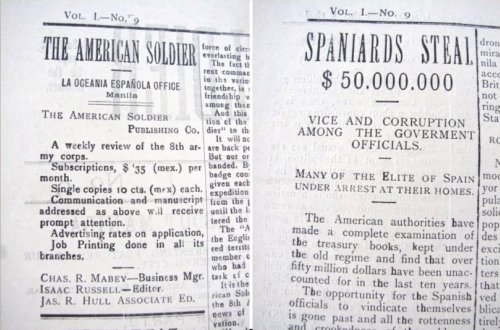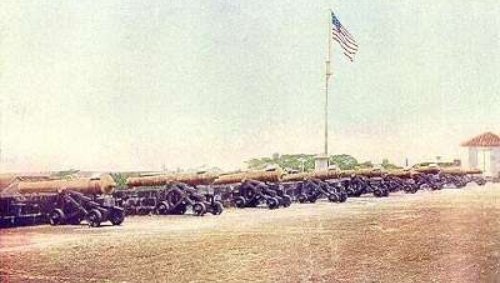After the American flag was raised over Intramuros, Aguinaldo demanded joint occupation. General Merritt immediately cabled Brig. Gen. Henry C. Corbin, US Army Adjutant-General, in Washington, D.C.:
“Since occupation of the town and suburbs the insurgents on outside are pressing demand for joint occupation of the city. Situation difficult. Inform me at once how far I shall proceed in forcing obedience in this matter and others that may arise. Is Government willing to use all means to make the natives submit to the authority of the United States?”

Meanwhile, by 10:00 p.m., 10,000 American troops were in Intramuros; the 2nd Oregon Volunteers guarded its 9 entrances. General Greene marched his 2nd Brigade around Intramuros into Binondo district.
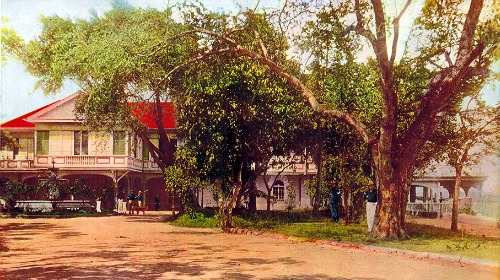
The 1st California Volunteers were sent east to the fashionable district of San Miguel and took over Malacaan Palace, official residence of the Spanish governor-general.
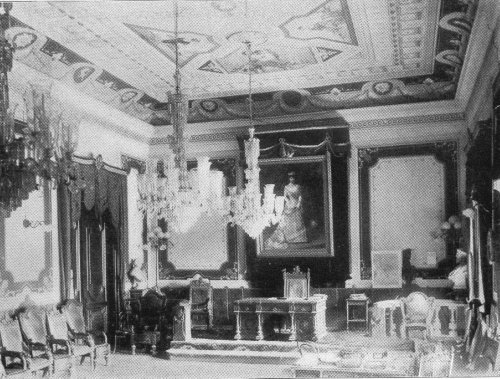
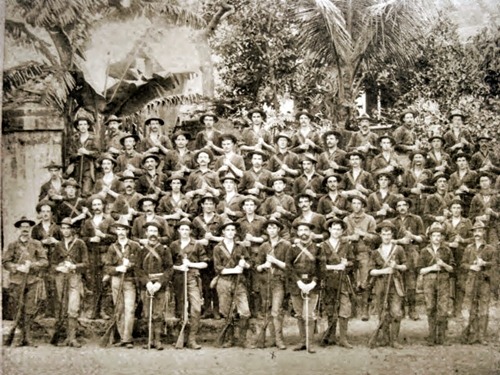

The 1st Colorado Volunteers were sent into Tondo district and the 1st Nebraska Volunteers were established on the north shore of the Pasig river. General MacArthur’s 1st Brigade patrolled Ermita and Malate districts.
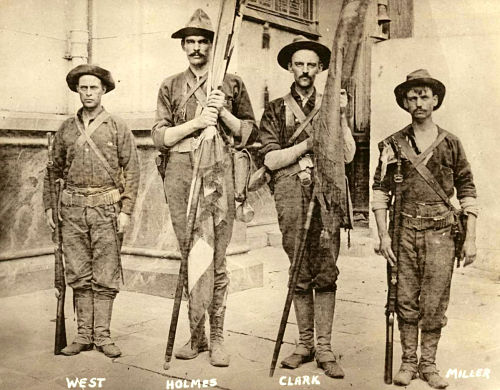

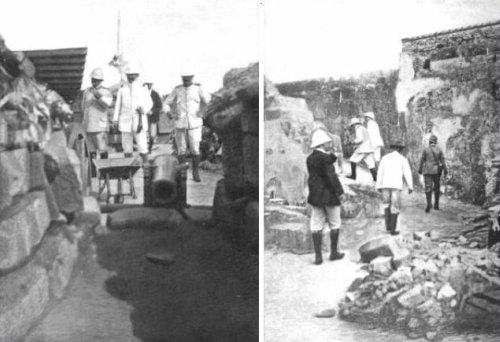
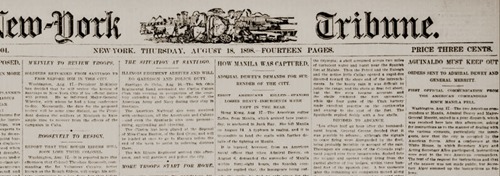
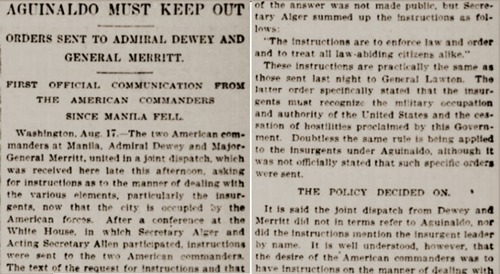
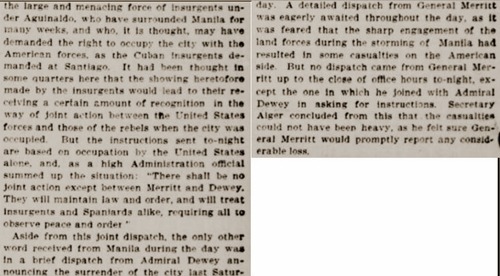 On Aug. 17, 1898, General Merritt received the following reply from General Corbin:
On Aug. 17, 1898, General Merritt received the following reply from General Corbin:
“The President directs that there must be no joint occupation with the insurgents. The United States in the possession of Manila City, Manila Bay, and harbor must preserve the peace and protect persons and property within the territory occupied by their military and naval forces. The insurgents and all others must recognize the military occupation and authority of the United States and the cessation of hostilities proclaimed by the President. Use whatever means in your judgment are necessary to this end. All law-abiding people must be treated alike.”

The Americans then told Aguinaldo bluntly that his army would be fired upon if it crossed into Intramuros.
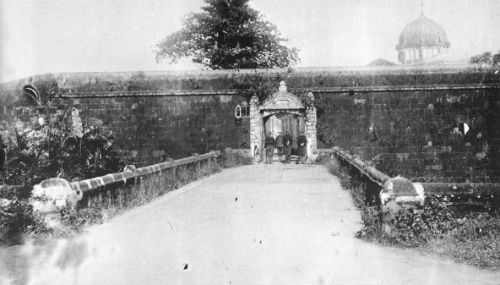

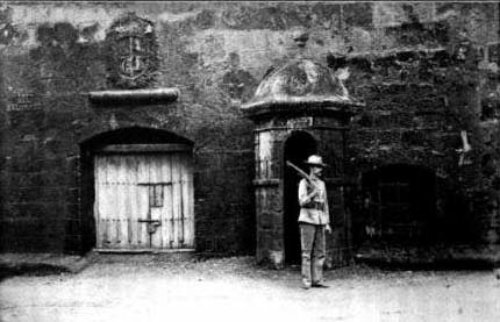 The Filipinos were infuriated at being denied triumphant entry into their own capital. The hot-headed Filipino generals thought it was time to strike at the Americans, but Aguinaldo stayed calm and refused to be pushed into a new war. However, relations continued to deteriorate.
The Filipinos were infuriated at being denied triumphant entry into their own capital. The hot-headed Filipino generals thought it was time to strike at the Americans, but Aguinaldo stayed calm and refused to be pushed into a new war. However, relations continued to deteriorate.
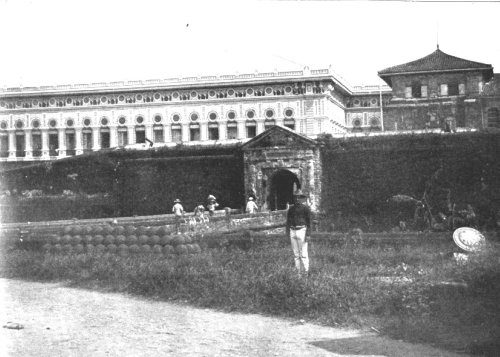
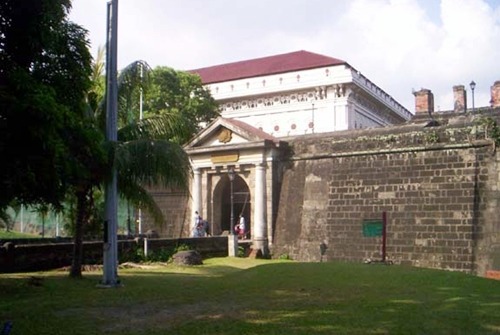
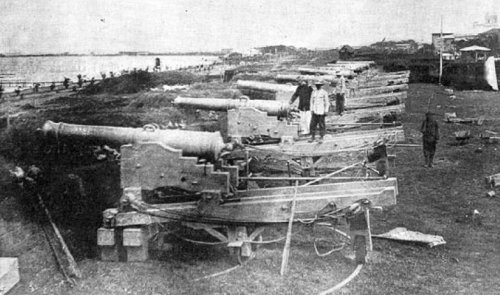
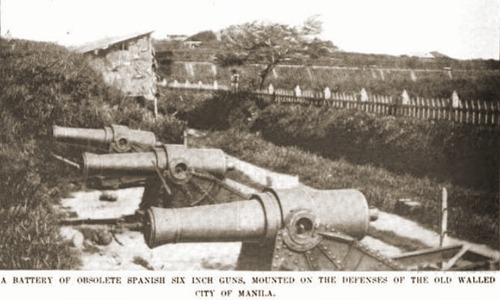






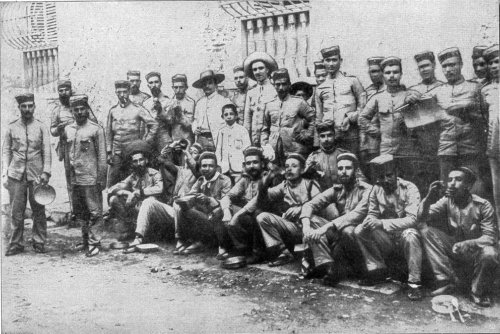
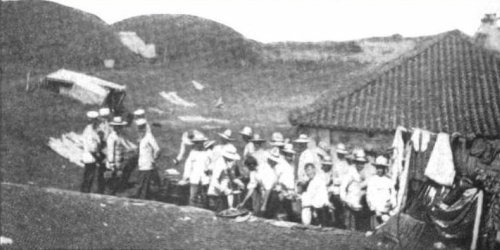
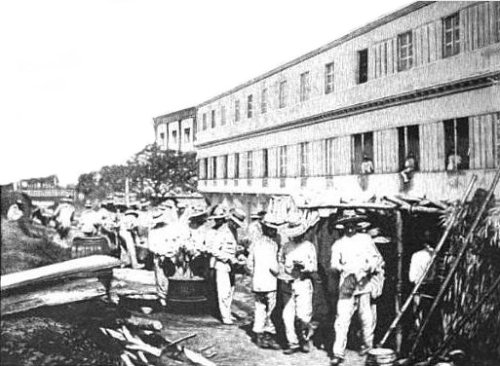
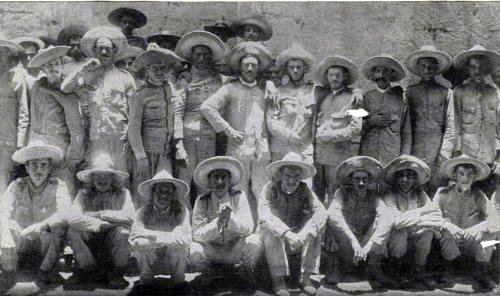
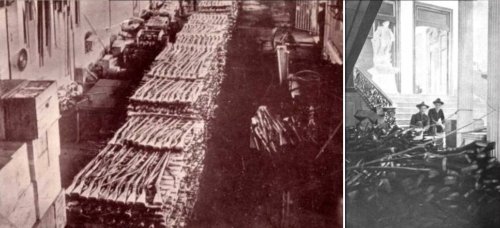



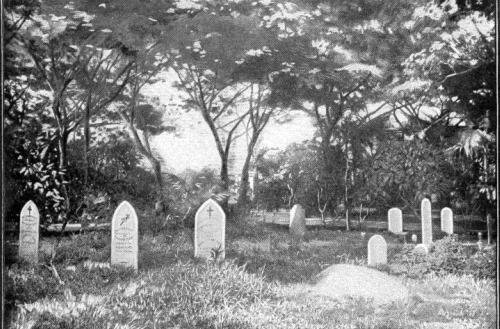 Graves of American soldiers killed in Manila. The “mock” Battle of Manila was not entirely bloodless. Spanish soldiers who were not privy to the “script” put up serious resistance at a blockhouse close to the city and in a few other areas. Six Americans died while the Spanish suffered 49 killed and 100 wounded. Overall, 17 Americans were killed fighting the Spaniards, 11 on July 31, August 1-2 and August 5 in skirmishes at Malate district.4th US Regular Infantry Regiment encampment at the Luneta, Manila
Graves of American soldiers killed in Manila. The “mock” Battle of Manila was not entirely bloodless. Spanish soldiers who were not privy to the “script” put up serious resistance at a blockhouse close to the city and in a few other areas. Six Americans died while the Spanish suffered 49 killed and 100 wounded. Overall, 17 Americans were killed fighting the Spaniards, 11 on July 31, August 1-2 and August 5 in skirmishes at Malate district.4th US Regular Infantry Regiment encampment at the Luneta, Manila
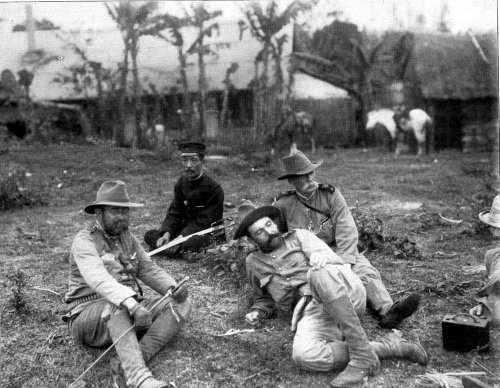
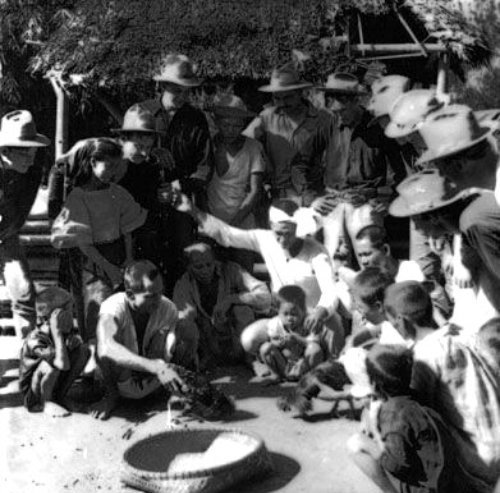 A squad of American soldiers is enthralled by the Filipino “national sport” of cockfightingA cockfight (“tupada”) in progress; more than a dozen US soldiers are among the spectators
A squad of American soldiers is enthralled by the Filipino “national sport” of cockfightingA cockfight (“tupada”) in progress; more than a dozen US soldiers are among the spectators
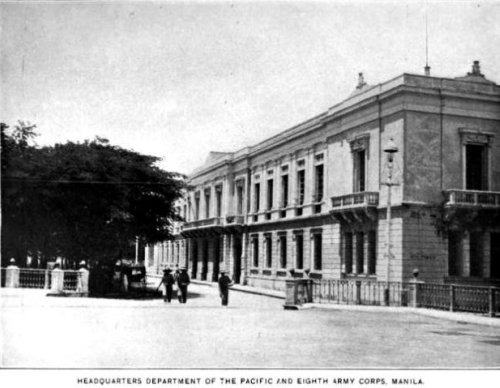

The arrogance of the Americans and their continuing presence unsettled the Filipinos.
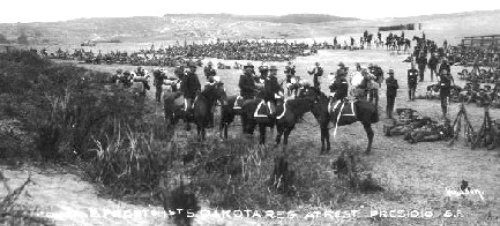

Questions on their actual motives surfaced with the continuous arrival of American reinforcements, when there was no Spanish enemy left to fight.
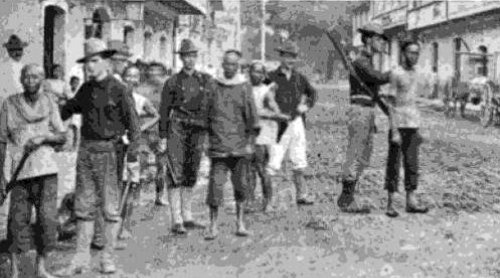
It did not take long for the Filipinos to realize the genuine intentions of the United States: the Americans were in the islands to stay.
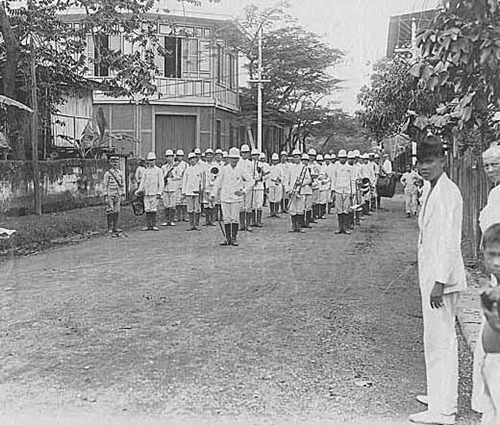
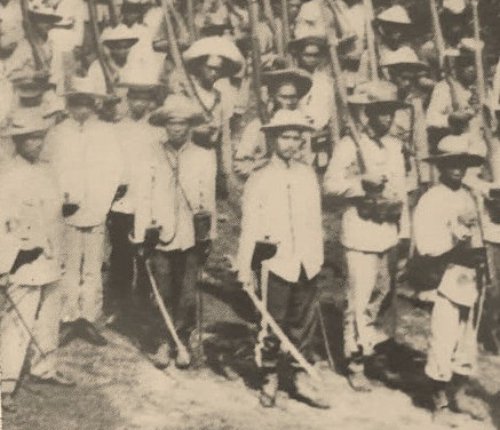
Aug. 24, 1898: First Filipino-American Fatal Encounter

On Wednesday, Aug. 24, 1898, the first fatal encounter between the Filipinos and Americans took place in Cavite Nuevo (now Cavite City), Cavite Province. The U.S. Army put it down as a street fight.
Pvt. George H. Hudson of Battery B, Utah Light Artillery Regiment, was killed; Cpl. William Q. Anderson of the same unit, and four troopers of the 4th U.S. Cavalry Regiment were wounded.
On Saturday, Aug. 27, 1898, the New York Times reported:
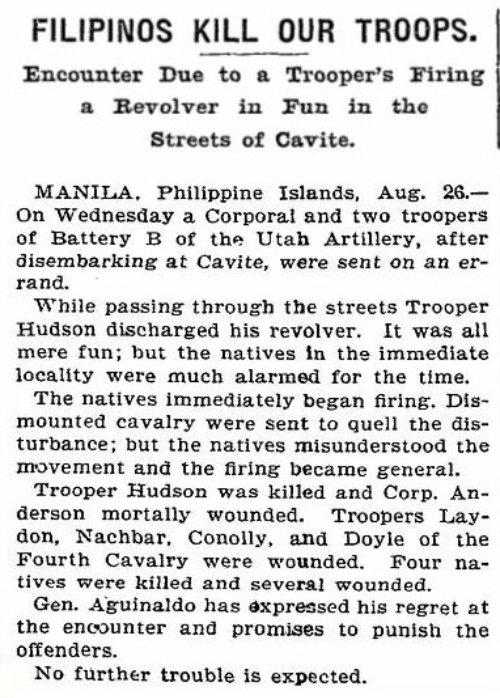
Internal Filipino communications reported that the Utah artillerymen were drunk at the time.
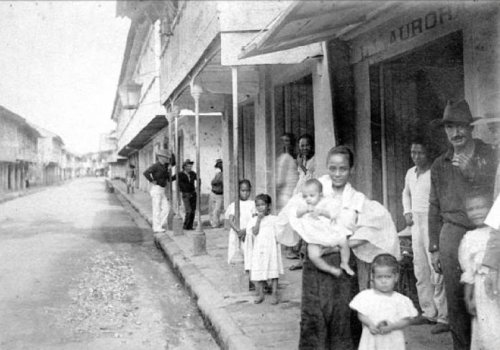
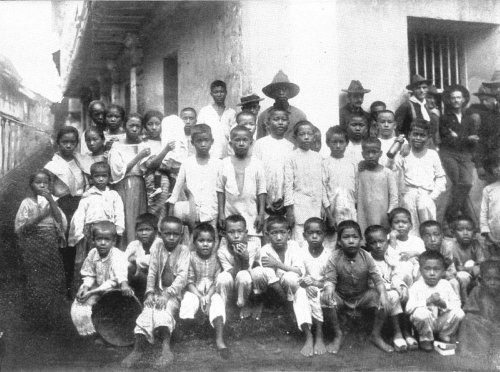
Aug. 29, 1898: General Otis Becomes New Commander of 8th US Army Corps, Orders Philippine Army To Leave Manila
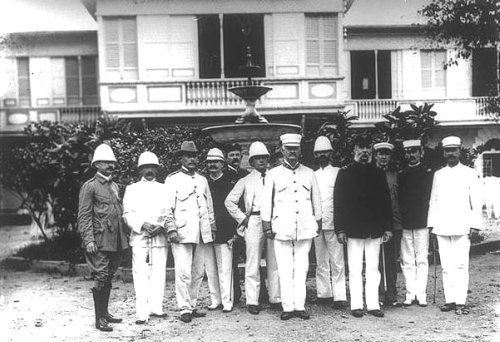
Maj. Gen. Elwell S. Otis replaced Merritt on Aug. 29, 1898. Ten days later, on September 8, he demanded that Filipino troops evacuate Manila beyond the demarcation lines marked on a map that he furnished Aguinaldo. Otis claimed that the Peace Protocol signed in Washington D.C. on August 12 between Spain and the United States gave the latter the right to occupy the bay, harbor and city of Manila. He ordered Aguinaldo to comply within a week or he would face forcible action. Aguinaldo’s emissaries asked Otis to withdraw his ultimatum; when he refused, they requested him to moderate his language in a second letter. The American commander agreed.

On September 13, Otis wrote Aguinaldo an amended letter:

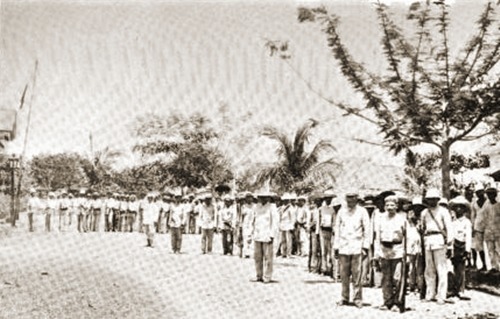
On September 15, about 2,000 Filipino soldiers marched out of the zones. They did not know of the ultimatum, but were told about the succeeding “friendly request”. Their bands played American airs and they cheered for the Americans as they withdrew.
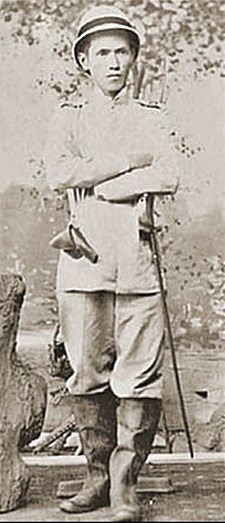
Otis acceded to Aguinaldo’s request that Gen. Pio del Pilar (RIGHT) and his troops continue to occupy Paco district. First, Aguinaldo asserted that Paco was traditionally outside the jurisdiction of Manila. Second, he was unable to discipline Del Pilar who would surely refuse to move out in response to his orders. [The Americans called Pio del Pilar a “fire-eater”.]
In any case, he would gradually withdraw his troops from the command of Del Pilar, until his force was too small to be threatening.
[Twenty-five days later, on October 10, Brig. Gen. Thomas M. Anderson submitted to the Adjutant-general, US 8th Army Corps, an official complaint against Gen. Pio del Pilar:
“Sir:
“I have the honor to report that yesterday, the 9th instant, while proceeding up the Pasig River, on the steam launch Canacao, with three officers of my staff, the American flag flying over the boat. I was stopped by an armed Filipino guard and informed that we could go no farther. Explaining that we were an unarmed party of American officers out upon an excursion, we were informed that, by orders given two days before, no Americans, armed or unarmed. were allowed to pass up the Pasig River without a special permit from President Aguinaldo.
“I demanded to see the written order, and it was brought and shown me. It was an official letter signed by Pio del Pilar. division general, written in Tagalo and stamped with what appeared to be an official seal. It purported to be issued by the authority of the president of the revolutionary government, and forbade Americans, either armed or unarmed, from passing up the Pasig River. It was signed by Pilar himself.
“As this is a distinctly hostile act. I beg leave to ask how far we are to submit to this kind of interference.
“It is respectfully submitted that whether this act of Pilar was authorized or not by the assumed insurgent government, it should, in any event, be resented.”]
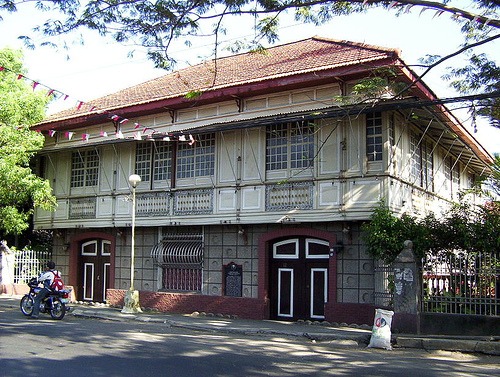
Aguinaldo transferred his headquarters and the seat of his government from Bacoor (ABOVE) to the inland town of Malolos, 21 miles (34 km) north of Manila on the line of the railroad. Here he was out of range of the guns of the US fleet, and in a naturally strong position.
